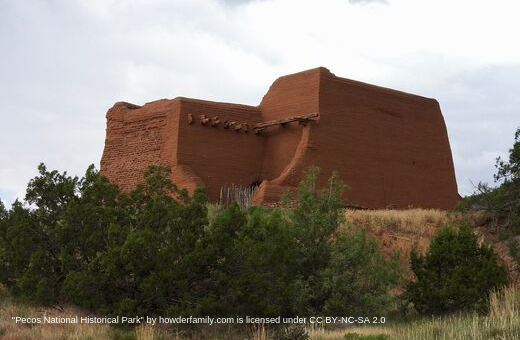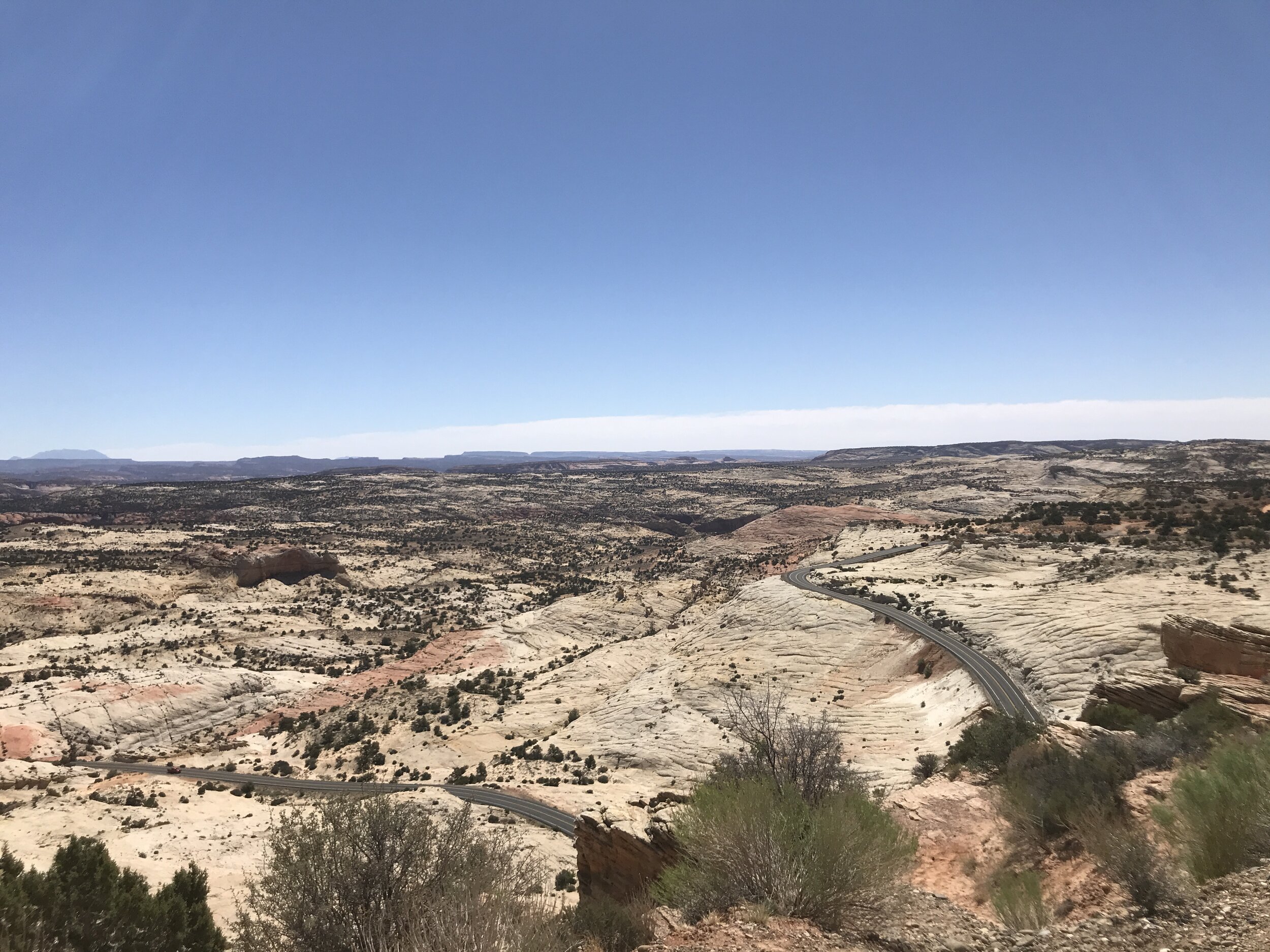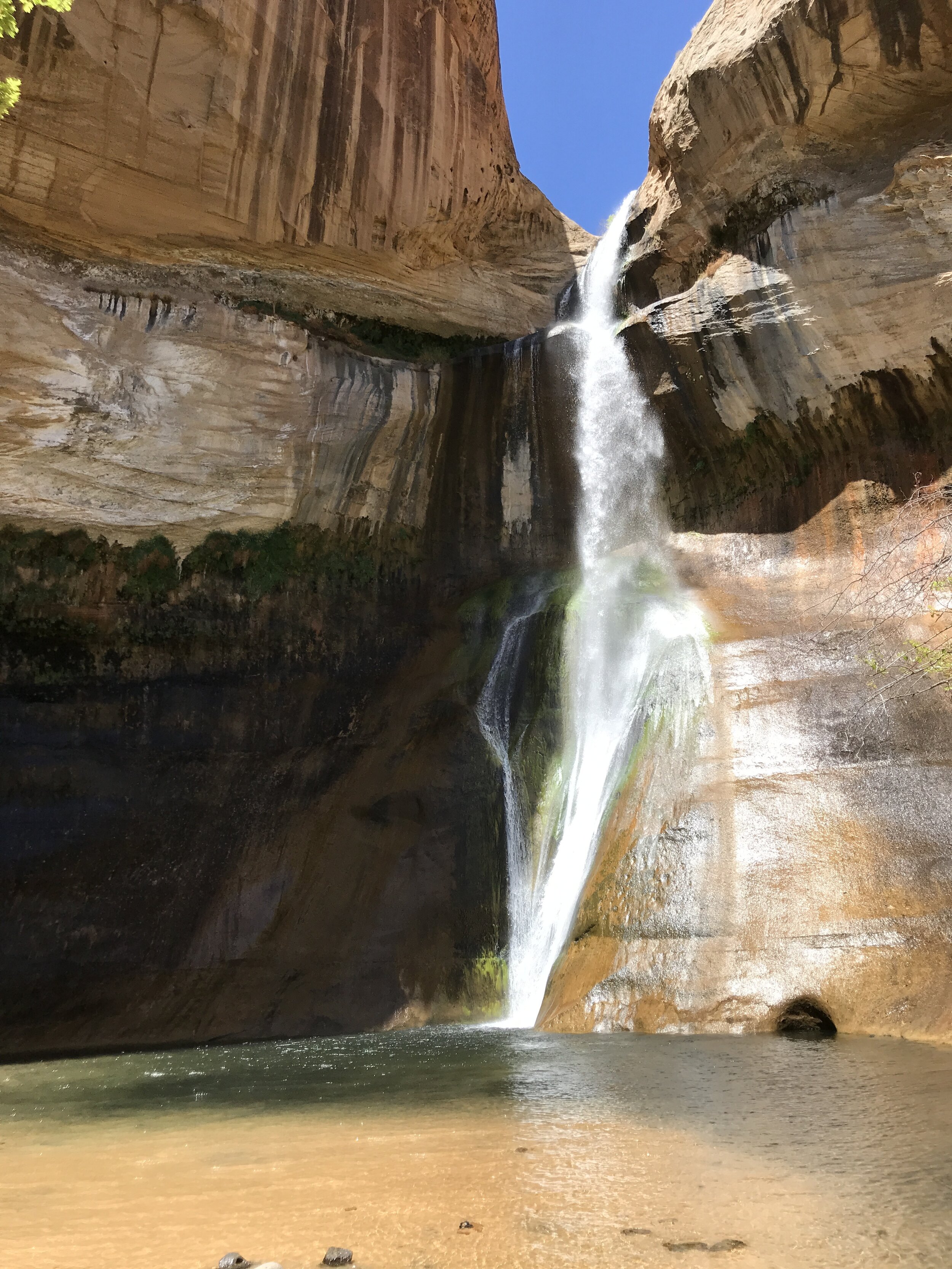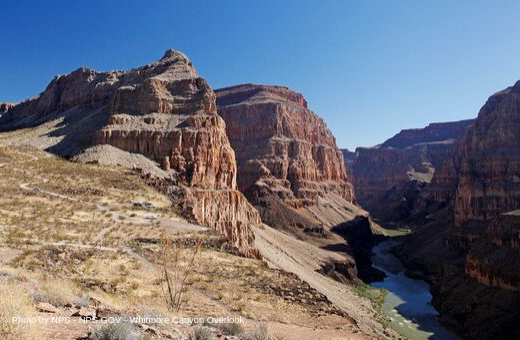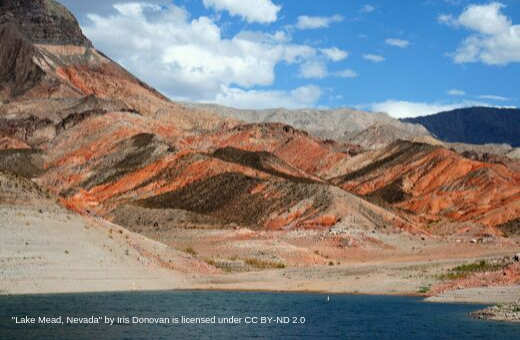Blog: Six Places That Lift Up the Descendants of Hispanic and Indigenous Heritage
Public lands and waters provide outdoor spaces for everyone across our nation to access. Because public lands and waters are owned by all of us, regardless of socioeconomic status, they play an essential role in the enjoyment, practice, and passing down of centuries-old cultural and familial traditions that exist in Hispanic/Latino culture. Spending time outdoors allows us to connect to these traditions, heritage, and a way of life that has deeply rooted value for us. Our shared lands and waters connect us to our ancestors and they compel us to protect them for future generations to enjoy.
Read on to learn more about outdoor places that are connected to our cultural history.
Chicano Park
Chicano Park came into being after community members in Logan Heights, San Diego joined together in 1970 to stop the development of a parking lot for a highway patrol station. After occupying the construction site for twelve days, authorities came face-to-face with the power of the people of Barrio Logan, and the city finally agreed to work with the state to build the park. Designated in 2017 as a National Historic Landmark, the park is home to iconic murals depicting Chicano history, sculptures, gardens, and a kid's playground, and so much more. Chicano Park lifts up Mexican-American culture and stories. From its conception born out of occupation, to the modern-day public art space it has become today, families can enjoy the free community park, taking pride under murals depicting Chicano history and resistance, and are sure to teach children about how the public space came to exist, as well as the importance in protecting public spaces that are integral to community and the celebration of culture and shared history.
El Norte Mural
Located in Las Vegas, New Mexico near the base of the Sangre de Cristo Mountain Range, the El Norte Mural shares similarities with Chicano Park— public art created by the community and depicting the history of a people who are mostly excluded from U.S. history textbooks. El Norte Mural Muralist and HECHO Advisory Board Chairman, Rock Ulibarri, says of the project, “it is absolutely imperative that our stories, voices, and experiences are shared, especially when they’re not typically taught in classrooms. We tell our stories through public art to validate our contribution to history.” El Norte Mural is a representation of la gente’s history, depicting the resistance and movement we have been a part of since the Spanish arrived. In addition to being in an outdoor and public location, murals share a community element, with many people assisting in the painting of the murals themselves. “Murals help keep our stories alive,” says Ulibarri.
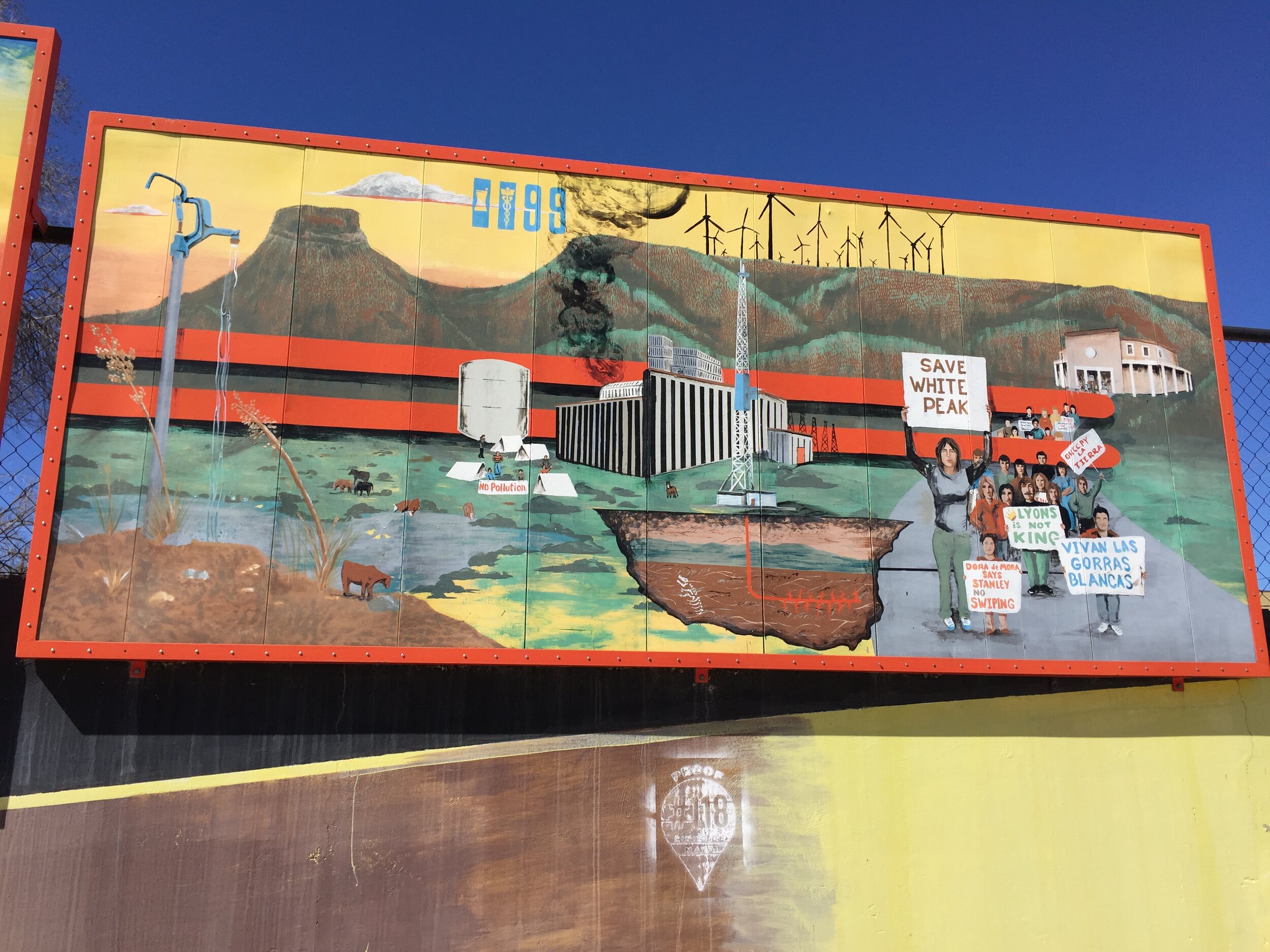
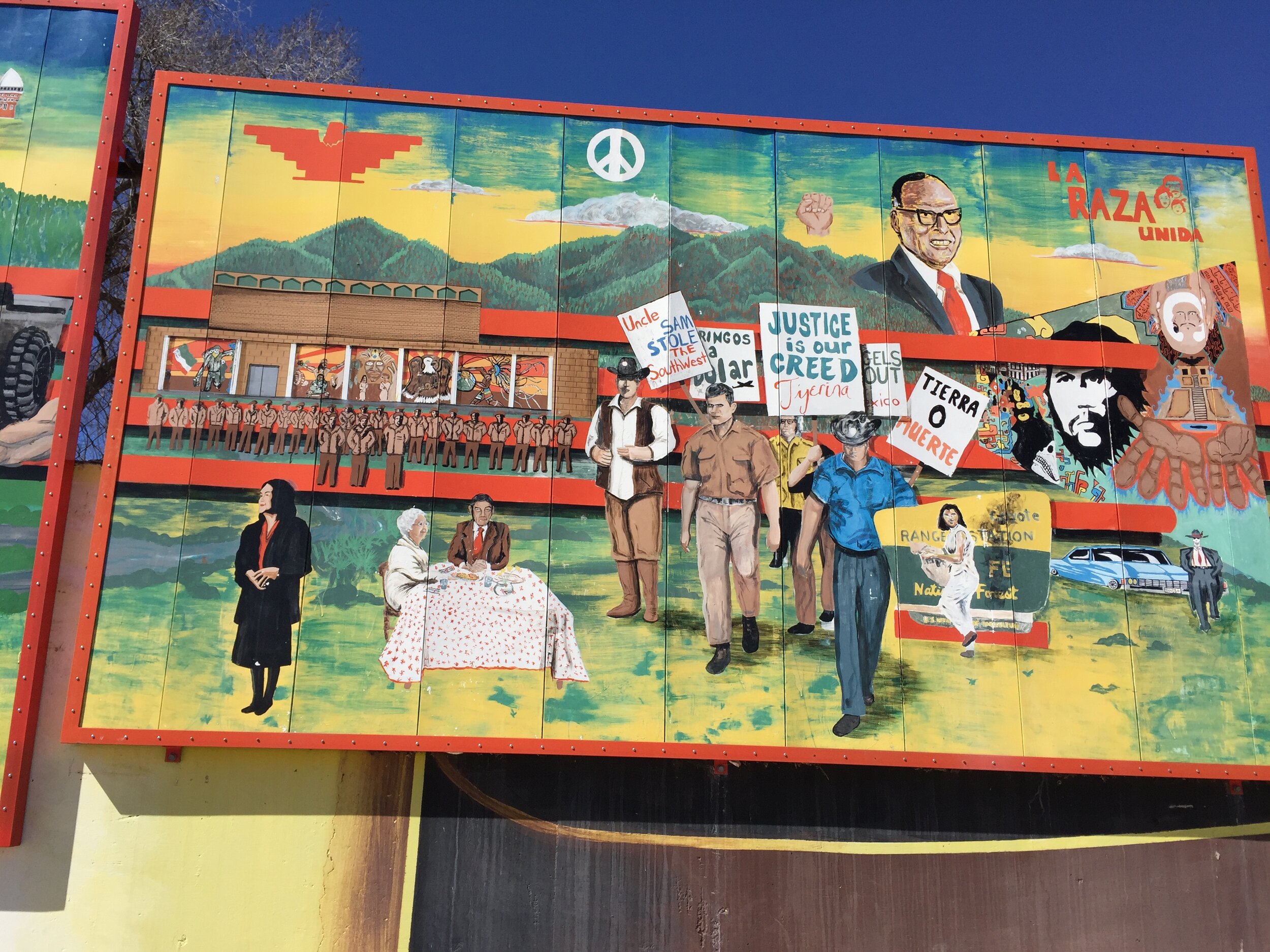
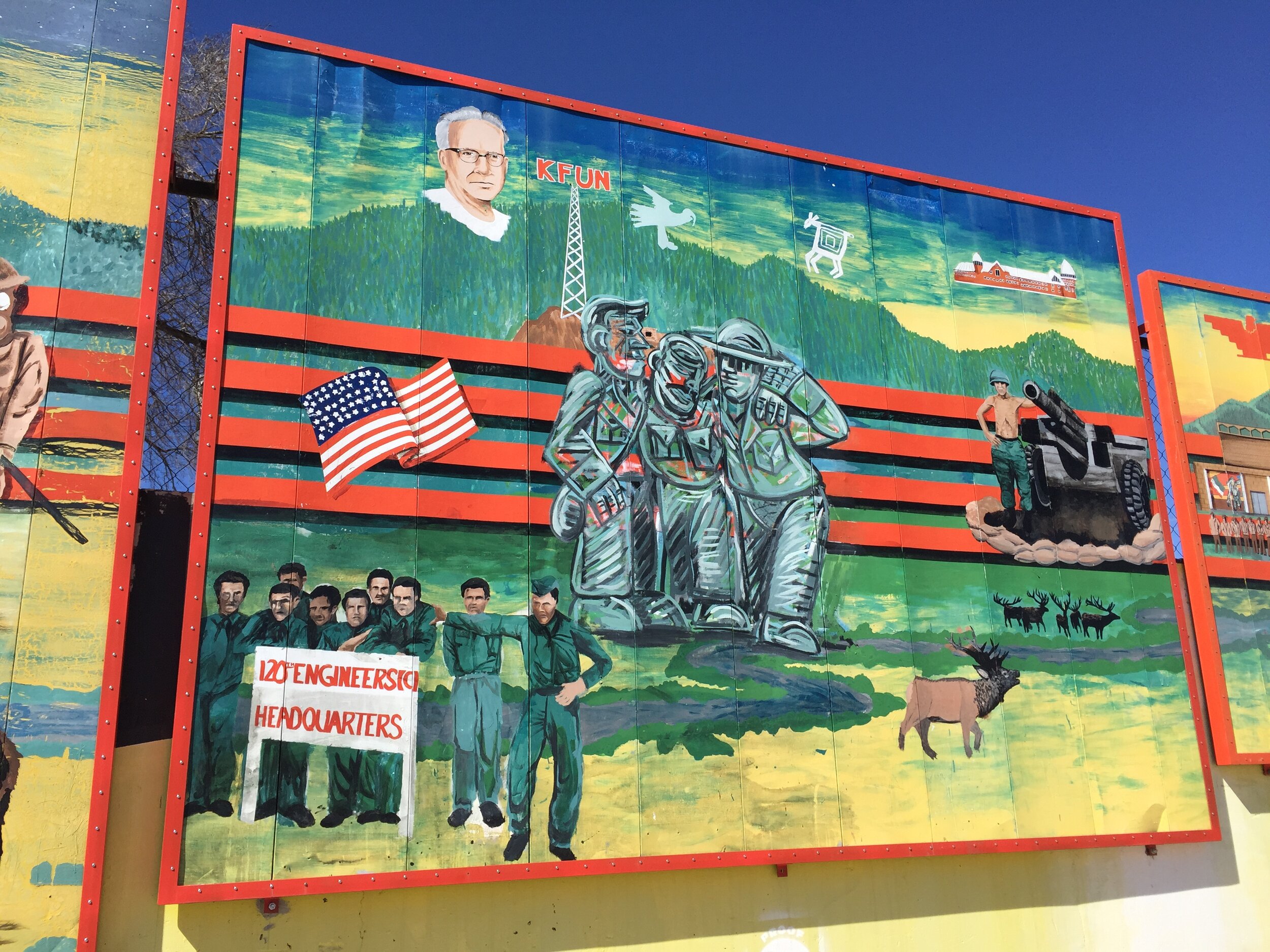
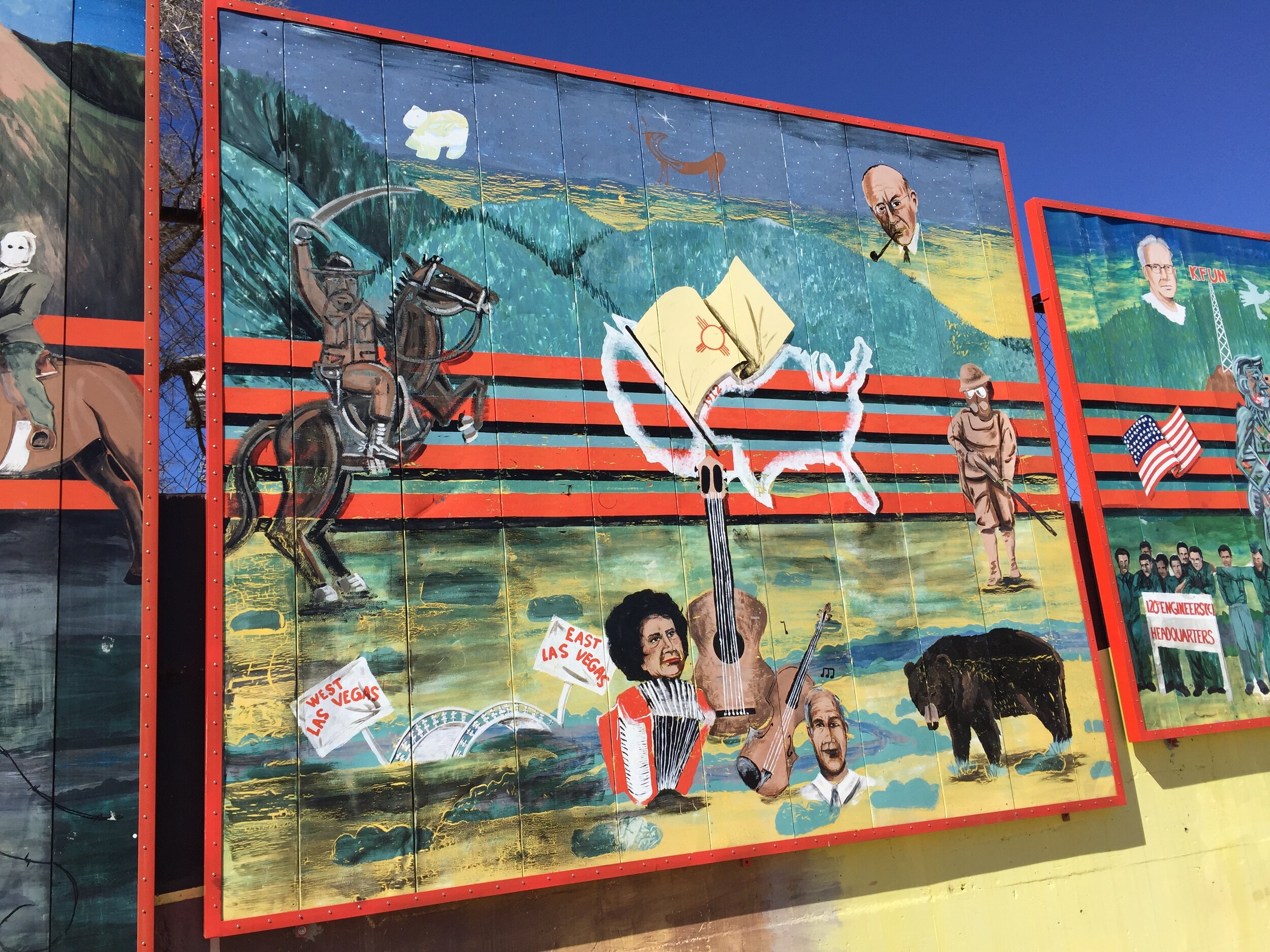
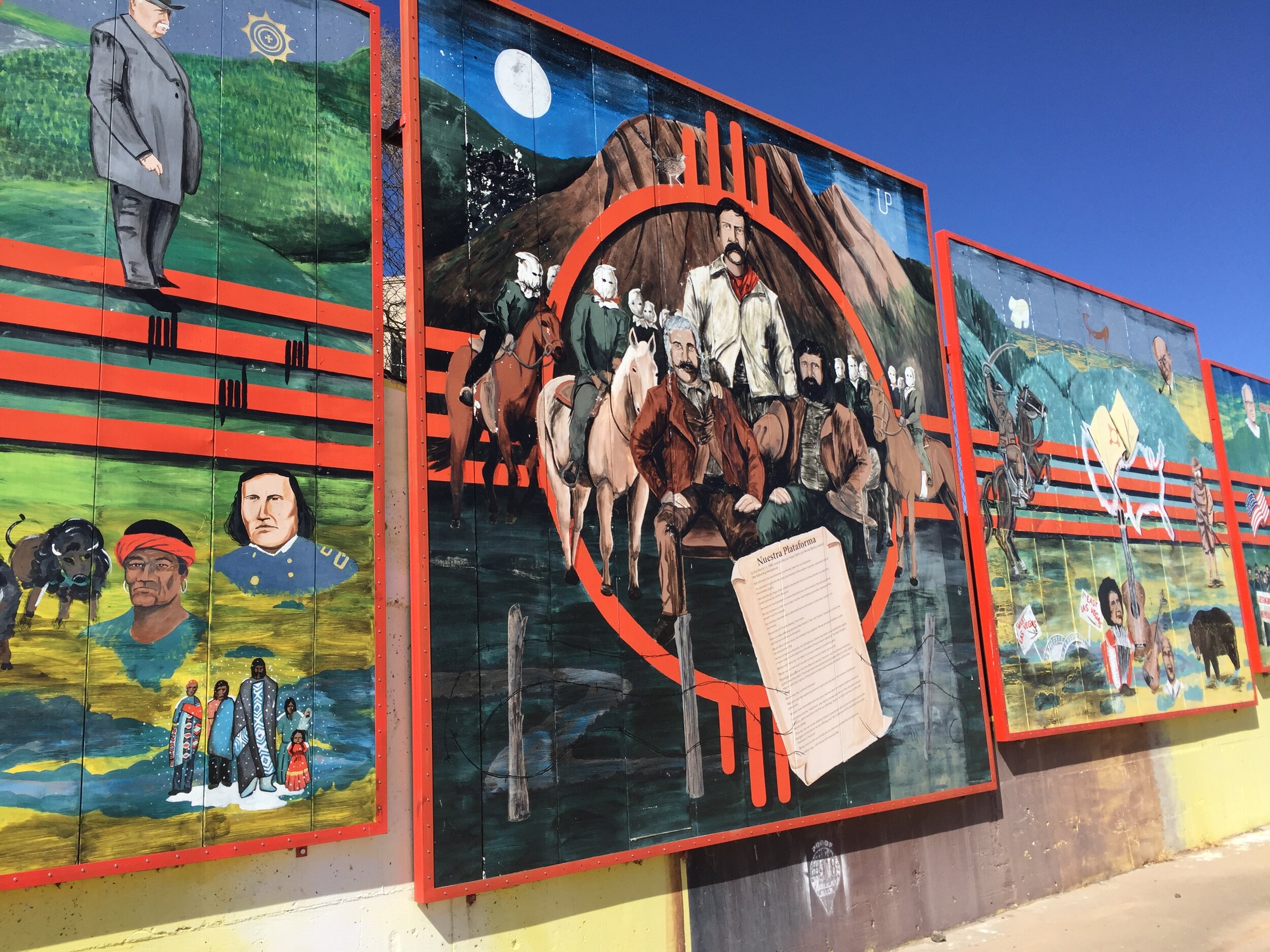
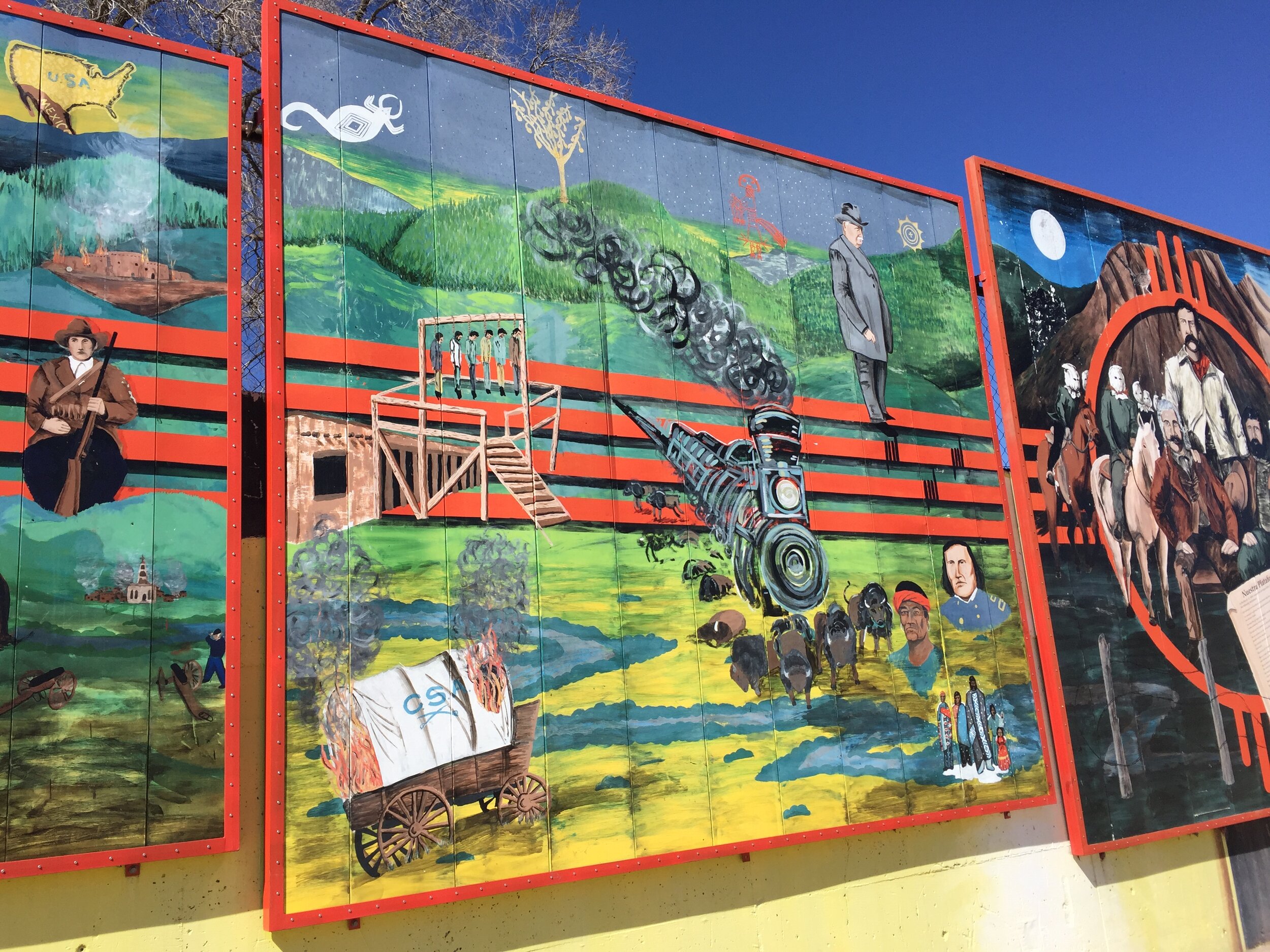

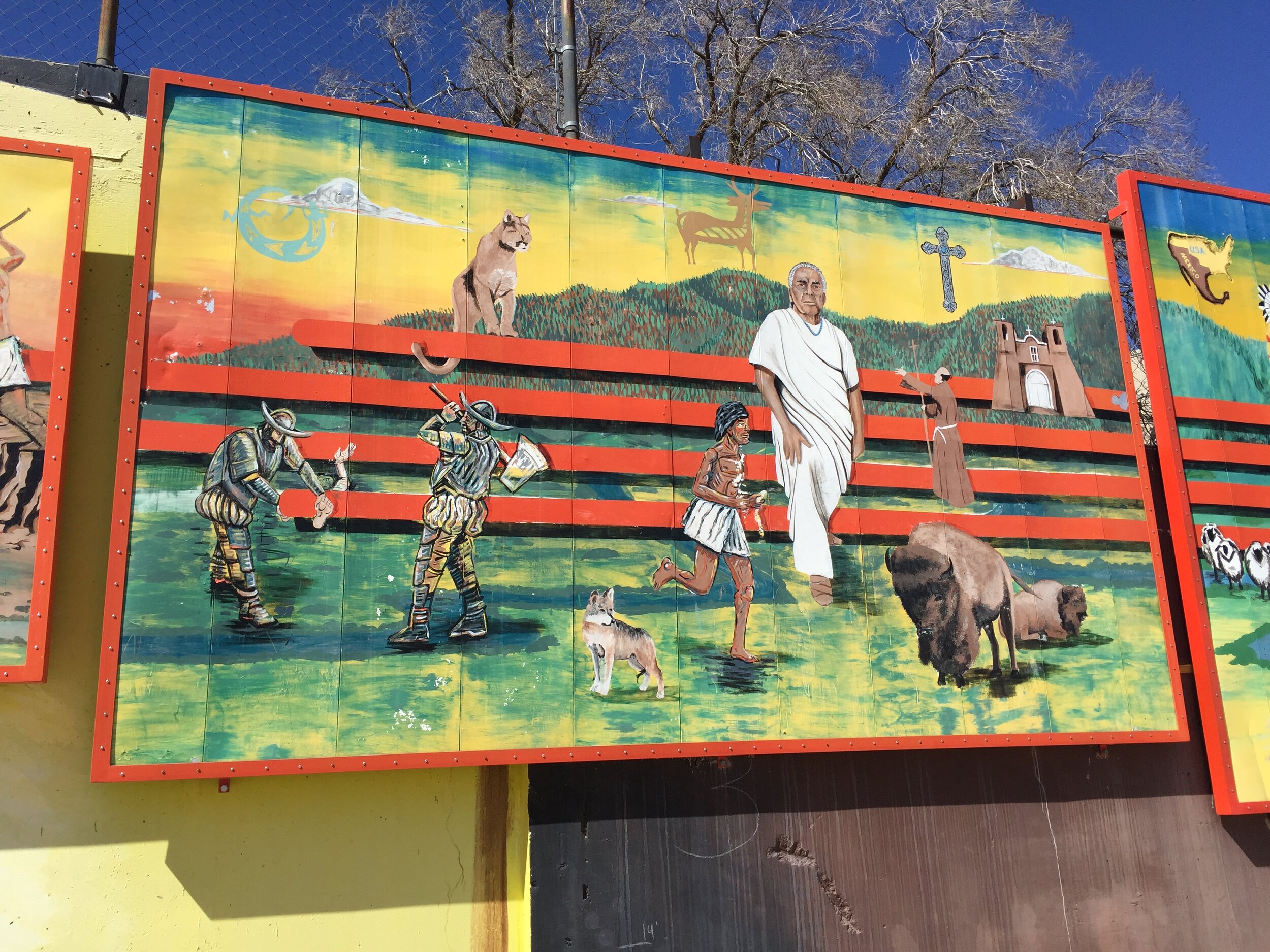
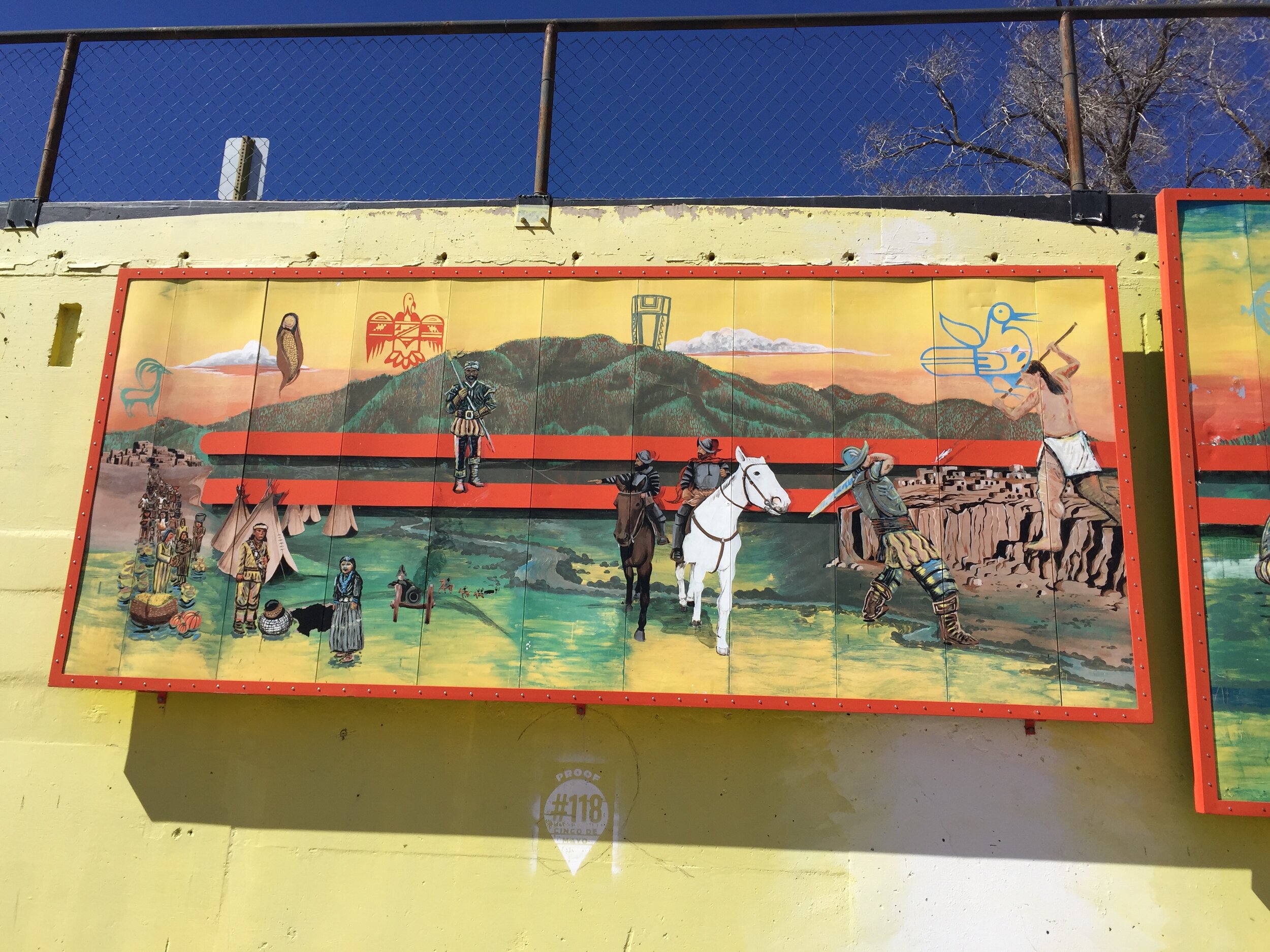
Sangre de Cristo Mountains
The Sangre de Cristo Mountains encompass the lower part of the Rocky Mountain Range, straddling southern Colorado and northern New Mexico. Home to vast public lands and waters, including four National Forests, several wilderness areas, and several areas managed by the National Park Service, the Sangres are both ecologically and culturally diverse. They are also part of an area known as the Upper Rio Grande Basin, where HECHO is currently working to protect wildlife connectivity corridors.
At the southern end of the Sangres is Pecos National Historical Park, which has the remains of an adobe Spanish church, along with pueblo ruins, includes part of the Santa Fe Trail, and provides access to the Civil War battlefield that played a major role in the defeat of the Confederates gaining a western stronghold.
Pueblo Indians have lived in this area for over 2,000 years, and ancestors of Mexican pioneers have lived here for centuries. It is here where the concept of querencia—love of the land—is strongly rooted, and where the intersection of culture, place, and belonging to that place meet.
Farther north in Colorado, the Sangres are home to the Trujillo Homesteads, which were settled in 1865. Although he was born in Rio Arriba County, New Mexico, Teofilo Trujillo did not become an American citizen until 1848, when the Treaty of Guadalupe Hidalgo annexed New Mexico, along with California, and most of Arizona, Nevada, Utah, and Colorado. (As they say “We didn’t cross the border, the border crossed us.”) The Trujillo ranches depict what life was like during that time, and shares the influence of Hispanic culture present during what would become the American Southwest. Today, the Trujillo homesteads are a designated National Historic Landmark (doi.gov, 2019, para. 3).
Grand Staircase-Escalante National Monument
As the first Europeans looking to find a northern route from Santa Fe to California, the Dominguez-Escalante expedition set out in 1776. With the help and guiding capabilities of Ute tribal members, Atanasio Dominguez and Silvestre Velez de Escalante, who were Franciscan priests, took a route that went northwest from Santa Fe, New Mexico to Colorado through what is today known as Mesa Verde, and up north to Utah through the present-day Uinta National Forest. The expedition included the first known Europeans to travel through this part of Utah, and the area that, today, encompasses the Grand Staircase-Escalante National Monument, and carries the namesake of the explorer Escalante because it was his journal-keeping that provided information about the expedition.
Still, according to the Bureau of Land Management, Grand Staircase-Escalante National Monument “was the last place in the continental United States to be mapped.” Grand Staircase-Escalante is an incredible place to explore because of its many geologic, paleontological, and ecological features.
Grand Canyon National Park
South of the Grand Staircase-Escalante National Monument is Grand Canyon National Park, an area first, and still, inhabited by Native American and indigenous tribes. Places like Havasupai Falls have been inhabited for more than 1,000 years and have “nourished the fields of corn, squash and beans which have allowed the Havasu Baaja to thrive living in the harsh desert landscape deep in the Grand Canyon for centuries,” according to the Havasupai tribe. Among the first Europeans to witness the Canyon’s magnificence were Spanish explorers, seeking to settle the region.
This year, the Grand Canyon is celebrating 100 years as a National Park, and its awe-inspiring landscape is one of the crown jewels of our nation. Canyon walls reveal colorful layers of rock cut by the Colorado River, which flows through the canyon for 277 river miles. The Colorado River itself runs from Colorado, Utah, Arizona, Nevada, and California, before it reaches Mexico, joining several tributaries along the way.
Lake Mead National Recreation Area
After flowing through the Grand Canyon National Park, the Colorado River reaches Lake Mead, a man-made lake formed in 1935 with the construction of the Hoover Dam. Just 45 minutes from Las Vegas, Lake Mead National Recreation Area is a popular spot for Latinx families to cool off, camp, fish, hike, and bike. Perhaps most importantly, Lake Mead provides water storage for 25 million people-- from Arizona, California, and Nevada.
Water in the arid desert provided respite for explorers of the Old Spanish Trail and other settlers of the West. A century before Lake Mead existed, Spanish explorers on the Old Spanish Trail with the Armijo expedition were drawn to present-day Las Vegas Valley by lush meadows that were fed by artesian wells and that is how Las Vegas ‘The Meadows’ got its name. Long before that, Native American tribes had resided and settled the land prior to colonization, and access to the springs made all the difference in the lives of inhabitants and travellers alike, who would become exhausted after making the incredibly hot excursions across the desert of Nevada.
--
We are all deeply interconnected to and dependent on the land and water. From urban parks like Chicano Park, that display our history proudly through community murals, to the vast forests and historical lands of the Sangre de Cristo Mountains, to the wilderness of Grand Staircase-Escalante National Park, to the profoundness of the Grand Canyon National Park, to the vital waterways that also serve our recreational needs like Lake Mead— Hispanic and Latinx community members have been a part of the story of the landscapes that define our history today. For this reason, among many others, it is imperative for us to protect our public spaces for future generations to enjoy.



